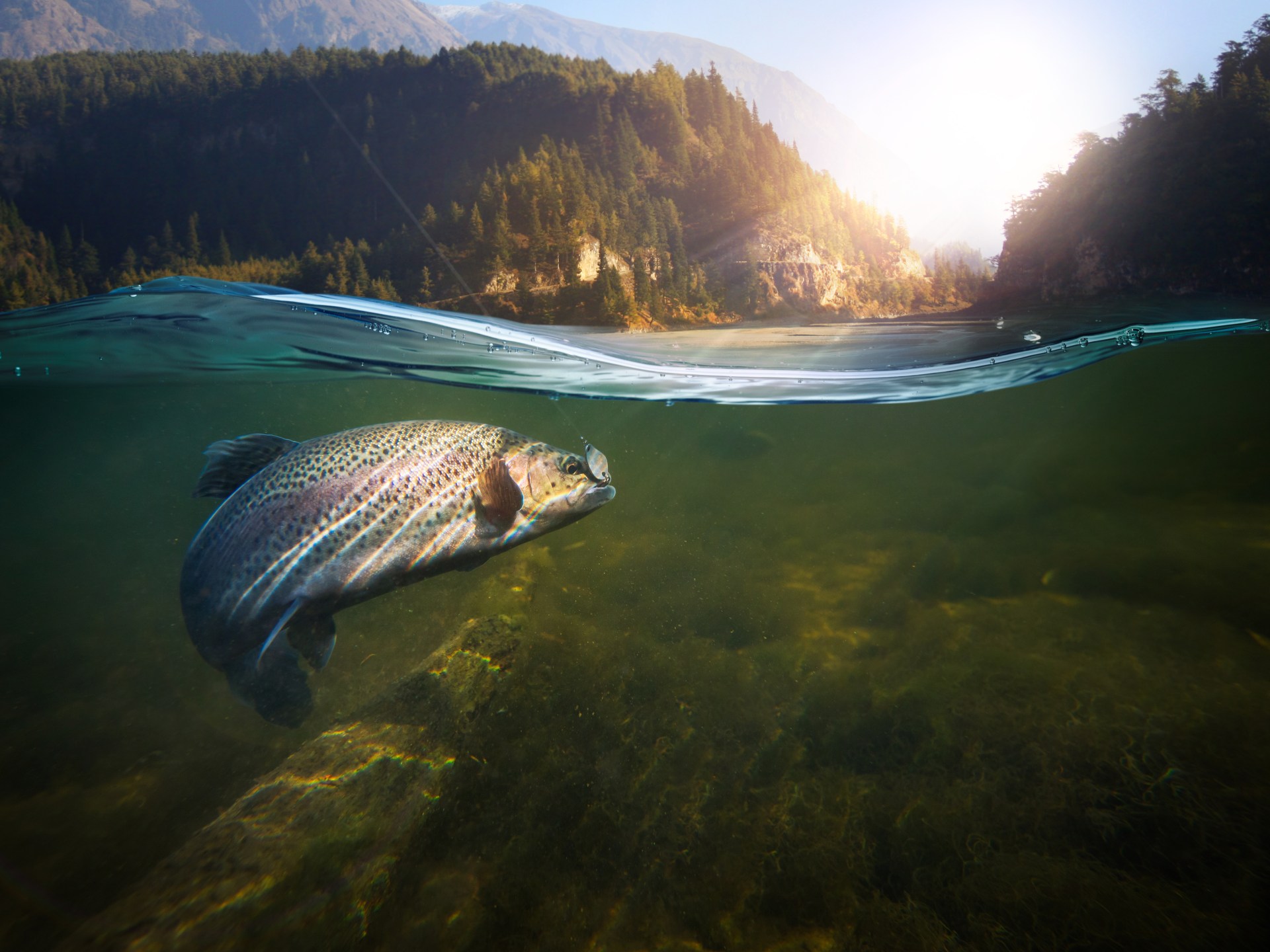Fish around the world are becoming lighter as their habitats warm (Shutterstock)
A new study reveals that fish weights in the western North Pacific Ocean declined in the 2000s due to warming waters, reducing food supplies.
In the study, published on February 28 in the journal Fish & Fisheries, the researchers analyzed the individual weight and total biomass of 13 species of fish.
In the 1980s and 2000s, the fish were lighter.
Fish are the most diverse group of vertebrates, provide vital livelihoods for billions of people around the world through fisheries and aquaculture, and are important parts of aquatic ecosystems.
Fisheries often target large fish, so removing these large fish from the habitat benefits the survival of fish that mature quickly and reproduce at a younger age when they are smaller (Reuters)
How does temperature affect volume?
In the new study, researchers say that fish around the world are becoming smaller as their habitats warm.
For example, the size of important commercial fish species in the North Sea declined by about 16% in the 40 years before 2008, while water temperatures rose by 1 to 2 degrees Celsius.
The research team expects that this deflationary trend will significantly exacerbate the effects of global warming on marine ecosystems.
Analysis of fish weight and biomass data from the Japan Fisheries Agency and the Japan Fisheries Research and Education Agency revealed that as temperatures rise, the layer becomes The upper oceans are more stratified, and previous research has shown that larger plankton are replaced by smaller, less nutritious gelatinous species, such as jellyfish.
The researcher explains in an interview with Al Jazeera Net that climate change can change the timing and length of phytoplankton blooms, which may not be consistent with the main periods of the fish life cycle.
Other studies have also shown that fish migration is affected by climate change, which in turn affects fish interactions and competition for resources.
According to the lead author of the study, fish gills do not grow at the same pace as the rest of their bodies, and once a fish reaches a certain body size, its gills can only provide a sufficient amount of oxygen to keep the body functioning, and there is no oxygen left for growth.
"Fishes use more oxygen in warmer waters but their gills don't get as large, so the fish reaches the point of growing smaller, leading to a temperature-size rule," Ito explains.
Fish stocks must be managed differently than they were, taking into account the increasing impact caused by climate (Al Jazeera)
Fisheries
Fisheries often target large fish, so removing these large fish from habitat benefits the survival of fish that mature quickly and reproduce at a younger age when they are smaller.
Fisheries are also a potential distraction when studying the effects of warming waters on fish.
The team explains that this early maturation trait can be passed down through generations of fish and can lead to a phenomenon known as “fisheries-induced evolution,” where exploited species tend to decrease in size over time.
By examining fish under controlled conditions by controlling water temperature and studying its effect on fish size, the team showed that fish actually become smaller in body size when kept in warm conditions. The study suggests that this is due to a mismatch between the amount of The oxygen that fish need to maintain their body metabolism and the amount of oxygen they can receive through their gills.
The authors hope that fisheries managers and policy makers will use such research to better understand the changes occurring in the oceans regarding fish to help make informed choices for the future. Fish stocks will need to be managed differently than they were before, taking into account the increasing impact of the resulting conditions. About climate.
Source: Al Jazeera + websites

